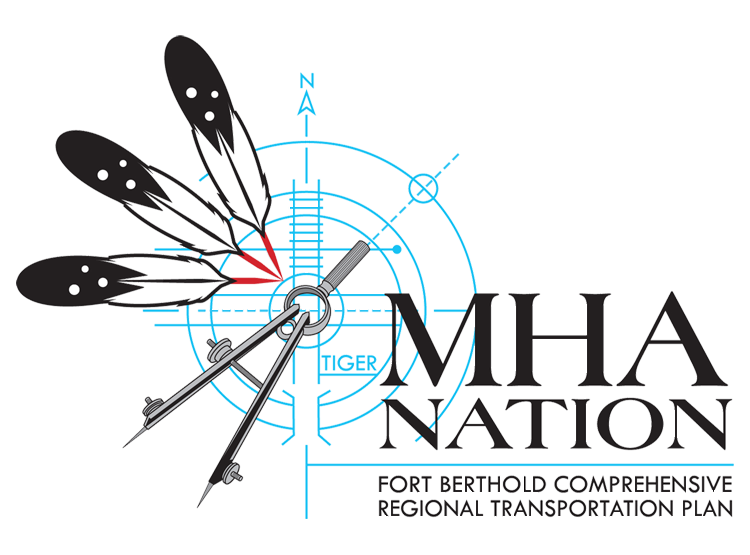ELECTRIC TRANSMISSION PLAN
North Dakota has the lowest total energy consumption of any state due to its low population numbers, but has the highest energy expenditure per person, and the 4th highest energy consumption per person in the US.1

Electric Transmission Plan
What is an Electric Transmission Plan?
An electric transmission plan will assess the current electrical system used on Fort Berthold (including electricity demand, sources, and needs), as well as plan, schedule and develop infrastructure needed to meet our future electricity needs. Electrical grids are large, interconnected systems, therefore planning requires collaboration with agencies that own and operate existing power systems in order to ensure that the grid operates reliably and in compliance at all times. Typical power grids consist of…a) Power Generation Plant (facility designed to produce energy from coal, gas, solar, water, wind, chemicals or nuclear sources); b) Substations (high voltage electric system facility); c) Transmission lines (under or above ground lines that carry electric energy from generation to distribution); and d) Distribution systems (connects electricity from main source to the customer).
Important electric transmission planning components include: existing infrastructure inventory, transmission line siting (location of transmission lines including permits and engineering), right-of-way (who owns the power lines and infrastructure), system impact studies (impact of project on existing power system), environmental impact studies, and a facilities study (estimates costs/timelines of equipment and engineering). These studies should also take into consideration the impacts of Climate Change and the role warming will have on the demand of our electrical grid systems.2
Why is Electric Transmission Planning Important?

Energy Assessment.
By considering the benefits/costs/risks of developing an MHA tribal utility authority, identifying and mapping current power infrastructure ownership, and considering entering into collaborative partnerships with existing electrical companies to bypass “right of way” restrictions, MHA nation can be sure to address its current and future power needs.
Improve Service and Reduce Costs.
Generally, rural areas like Fort Berthold are presented with expensive, inconsistent, and low quality energy service. By understanding where our energy comes from and by identifying areas of improvement, we can provide better and more reliable energy service to Fort Berthold in addition to taking measures that may reduce electricity cost.
Informed Decisions.
The concepts central to electric grid planning are complex and often involve complicated legislation, concepts, and language. By conducting an energy grid assessment, we can better educate our communities to make informed decisions that directly us, including the role of alternative energy sources like solar, wind, and nuclear power.3

Tribal Self-Determination and Sovereignty.
It is important that we assert our sovereignty through Tribal ownership and management of electricity services by creating business agreements and contracts that acknowledge “tribal rights to tax, regulate, and settle disputes within their boundaries.”4
National Renewable Energy Laboratory Presentation
Sherry Stout of the National Renewable Energy Laboratory presented information about MHA Nation’s renewable energy capacity on Fort Berthold at the Fort Berthold Technology and Innovation Summit on June 19th of 2018. Slides from her presentation can be viewed here.
North Dakota’s Energy Sources
- Coal (2,219,000 MWh) 75.4%
- Other Renewable Sources (556,000 MWh) 18.9%
- Hydroelectric (168,000MWh) 5.7%
Source: Energy Administration Information, Electric Power Monthly
What would YOU like to see addressed in the Electric Transmission Plan?
Enter your full name, a valid email address, and a detailed message in the forms just below to tell us what YOU would like to see in the Electric Transmission Plan. What else would you like to know about it? We also want your stories and perspectives on the questions framing this project; How did we end up with the electric transmission infrastructure that we currently have? Where is it today? Where do we want it to be in 20 years?
Also, be sure to follow our blog, Facebook, Instagram, Twitter, Google+ and Linkedin!
Resources


















